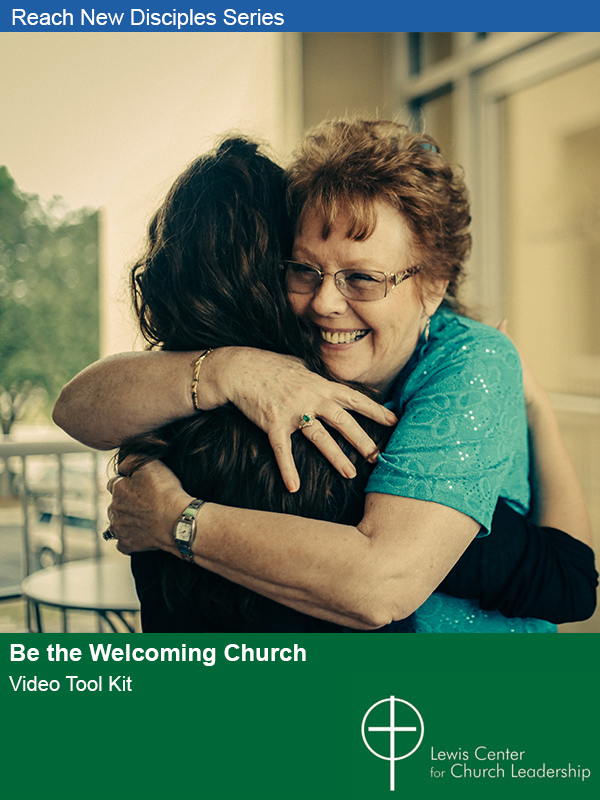The experience across all denominations shows how critical establishing new congregations is to reaching new populations. The United Church of Christ (UCC) has embarked on an ambitious effort to start new congregations to increase their presence and witness among the growing populations in the United States.
Despite recent high numbers of new church starts, there will need to be higher levels of such starts to show growth.
Some research into their past efforts is helping inform their future directions. In a report studying UCC new church starts over the past fifty years (1957- 2006), researchers found that 1139 new congregations joined UCC (new church starts and congregations affiliating with UCC) with 824 or 72 percent still active today. The survival rate is comparable to that of other denominations. Some other findings and conclusions include:
- After years of declining new church starts, in the last ten years the number of new churches has reached the same high level as the 1950s.
- More than 70 percent of new congregations formed in the past ten years are comprised primarily of people of color, reversing the pattern of ethnicity found in churches started during the first ten years of the study period.
- Decline in membership and finances in the 1960s, 70s, and 80s can be seen as a result of the failure to begin new churches.
- Despite recent high numbers of new church starts, there will need to be higher levels of such starts to show growth.
- These higher new church start levels will require existing vital congregations to get excited by and involved in congregation multiplication.







